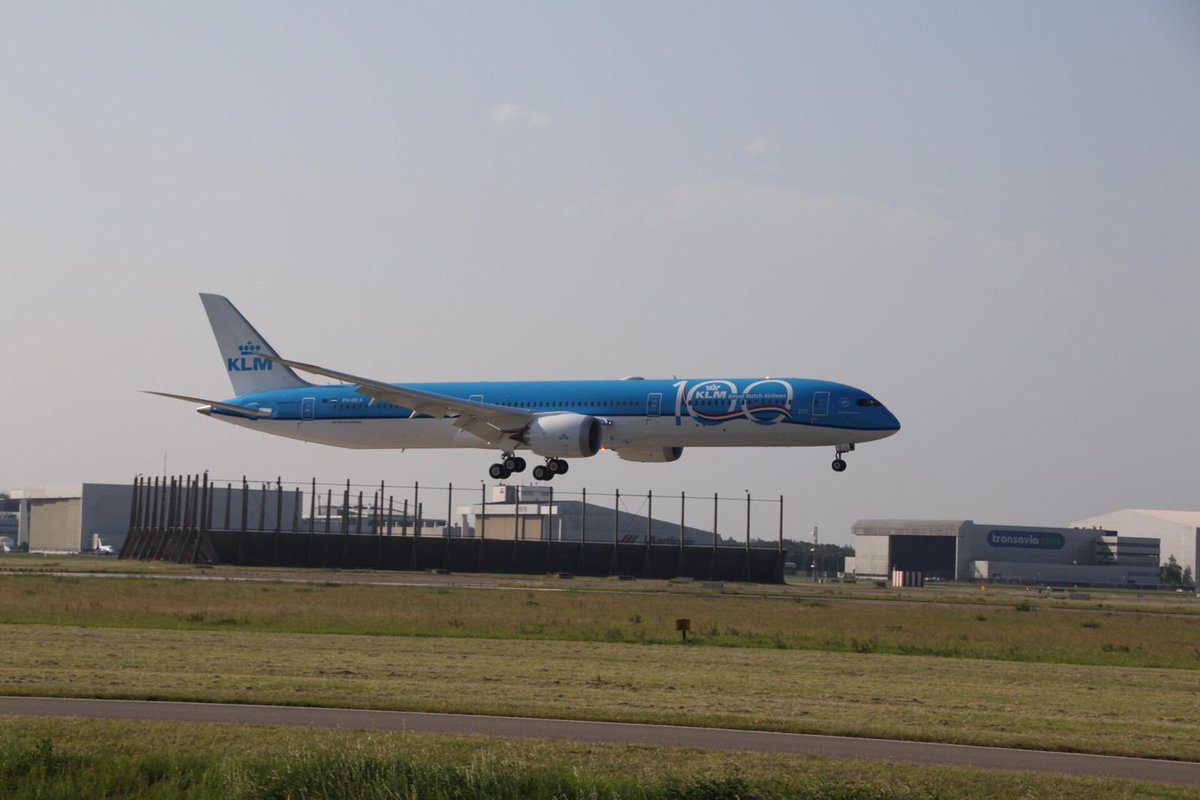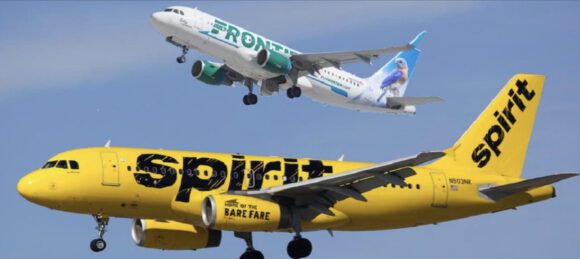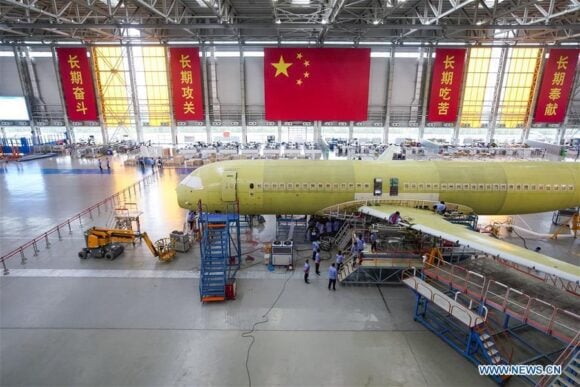
KLMBoeing787 10
News:
Last week, Jon Ostrower broke the news that eight Boeing 787s were discovered to have structural problems and were grounded when Boeing informed the airlines of their discovery. Given the history of Boeing Charleston, we are skeptical that the final tally will be only eight airplanes.
Boeing’s Charleston facility, one of two assembling the 787, has been plagued with quality control issues for some time. The mild and meek Dutch at KLM complained about 787 quality, Singapore Airlines found a ladder left in the tail section of one of the airplanes delivered to it, and Qatar Airways has specified in its contract that it will only accept 787s built in Everett, Washington. The industry is well aware of quality problems at Charleston, as is Boeing.
These latest revelations raise serious questions about Boeing’s quality control and processes of shimming carbon fiber structures. A key question is where is the FAA in all of this? The answer, it appears, is nowhere to be found. The grounding was mandated by Boeing, not the FAA, the agency responsible for the safe manufacturing of airplanes, who likely were not even aware of the potential problem until Boeing mentioned it. The same agency that approved the ill-fated 737 MAX apparently remains blissfully unaware of potentially serious structural issues that resulted from production anomalies. A pressure bulkhead area failure could be catastrophic.
Subscriber content – Sign in Monthly Subscription Annual Subscription




